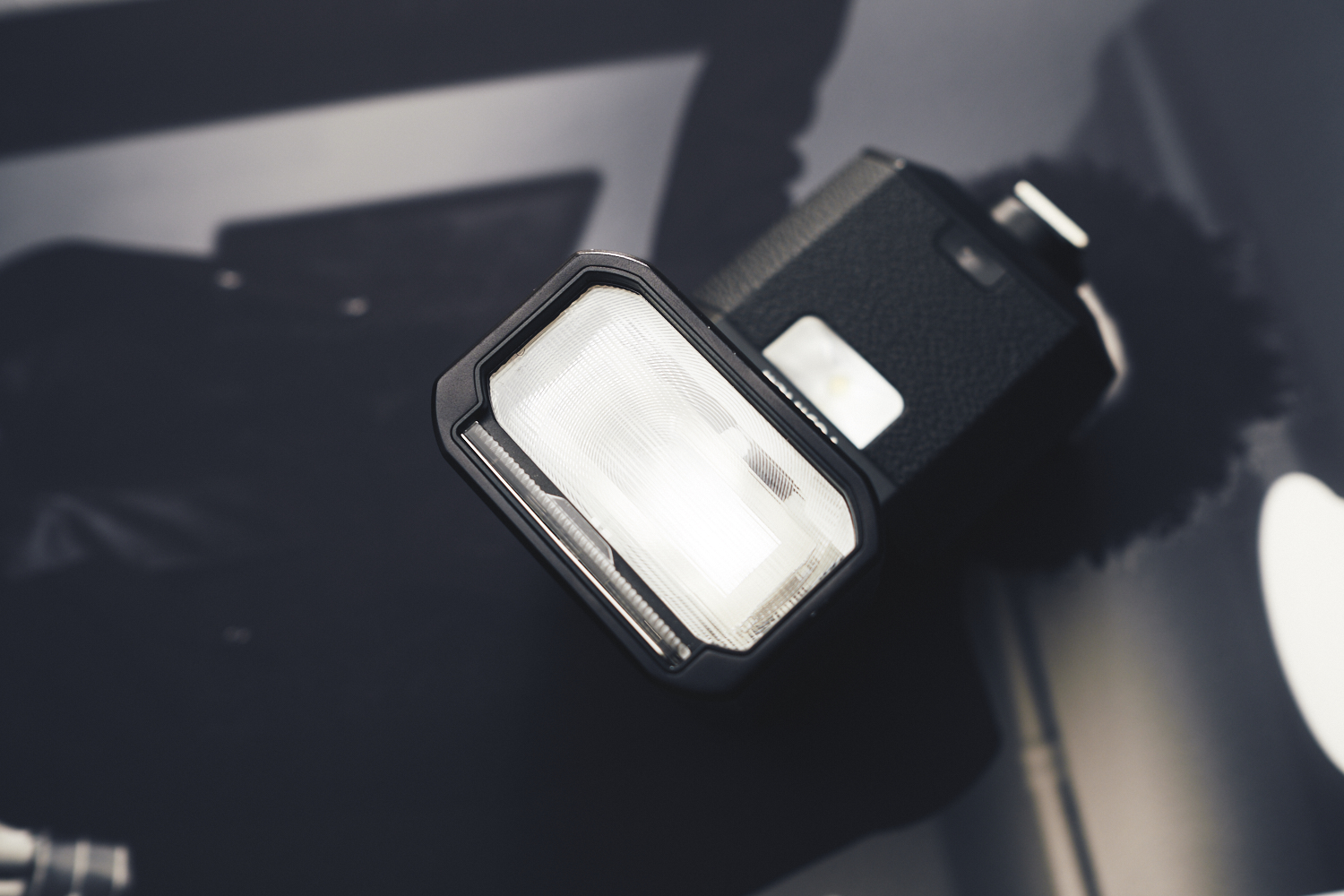One of the biggest problems that almost every photographer has with flash is that they don’t know how to meter with it unless you’ve had extensive experience. And so today’s questions comes from a place where it honestly shouldn’t be a problem but it is. The situation: you’re shooting with a flash connected to the hot shoe and the flash is in TTL mode. The camera meter says that you’re underexposed but the image isn’t–in fact it’s overexposed in your eyes. Why is that?
The problem is with a variety of issues. It starts with, first and foremost, the fact that flashes in TTL are designed to read your camera’s ISO and your lens’ aperture setting and meter both off of those. If it’s beyond ISO 1600, chances are that the image is going to be incredibly bright. If you bounce it off of a surface, then you’re cutting down the light output just a bit anyway. So with that said, the exposure settings on your camera more or less are tuned into what’s in front of it–the ambient exposure.
Let that sink in: your camera’s light meter is reading the ambient exposure. Not your flash. Your flash is reading that exposure and trying to compensate.
Then you need to consider how lighting and a camera works when flash output is added to the scene. Here we go:
- Shutter speed controls camera shake and the amount of ambient light in the scene.
- Aperture and ISO control the flash output
That’s it. That’s really all that there is to it. So what do you do about it? Typically, if you’re shooting in TTL, it’s best to use a light modifier of some sort and not have the flash so close to your subject. But if you’re in manual, then using a light meter or messing around is the best way to go about working with the scene. Of course, one of those options is far more professional than the other.



